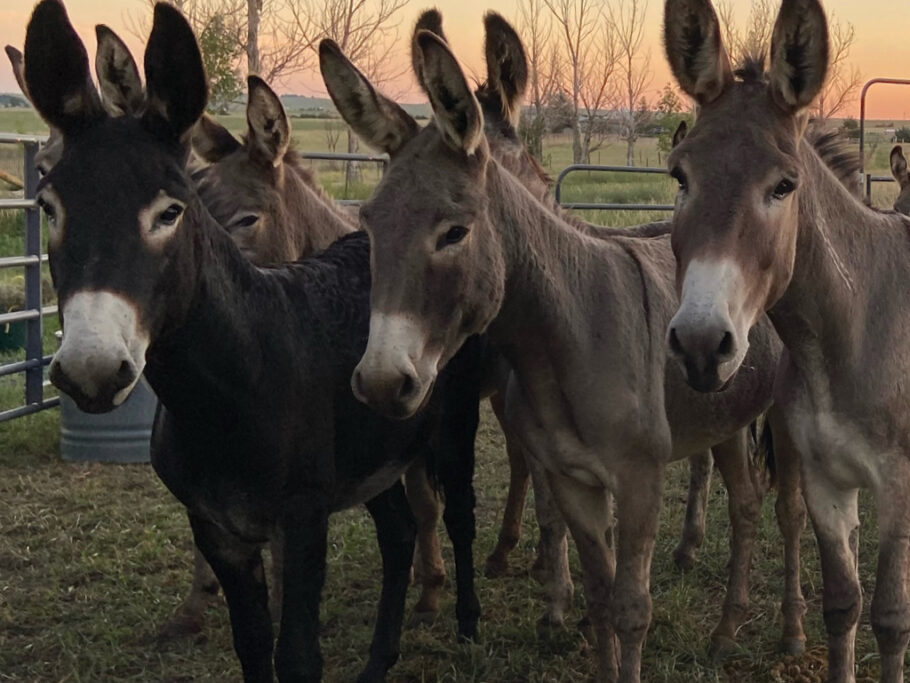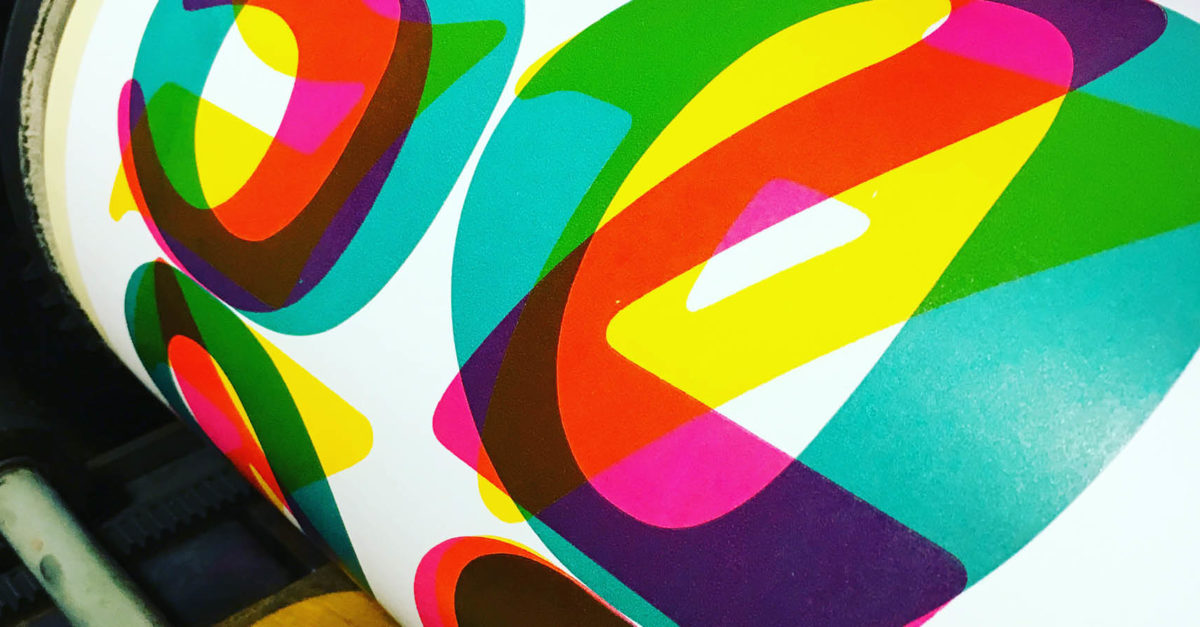Chasing Ink
Armed only with paper and ink, Chris Fritton left his job at a printshop in New York to reinvent the notion of a traveling printer. Dubbing himself the Itinerant Printer, he’s traveled across the country visiting printshops, forging lasting connections with fellow printers and creating exciting collaborative artwork.

Where did you grow up?
I grew up in Lockport, New York, a small city just north of Buffalo. My father worked on the Erie Canal, as did I before becoming a printer. I guess the muddy canal water in my blood has slowly been replaced by ink.
What is your training?
Believe it or not, I have no formal training in art or design; all of my background is in philosophy, writing, and English. I have degrees in philosophy, poetics, and English literature earned at the State University of New York at Buffalo and the University of Maine at Orono, both hotbeds of creative writing and poetic practice.
What are some notable past jobs?
I piloted boats on the Erie Canal for over a decade! During the ride, I’d also regale passengers with tales about the history and lore of one of the world’s most important waterways. When I was eighteen, I worked one night shift at a company that tested scuba regulators before realizing factory work wasn’t for me. I was fascinated by the machinery and the process but couldn’t bear standing in one place for eight hours. I left at lunch. I also worked at the printshop in college for a semester, but it was just offset printing and folding machines—no letterpress.
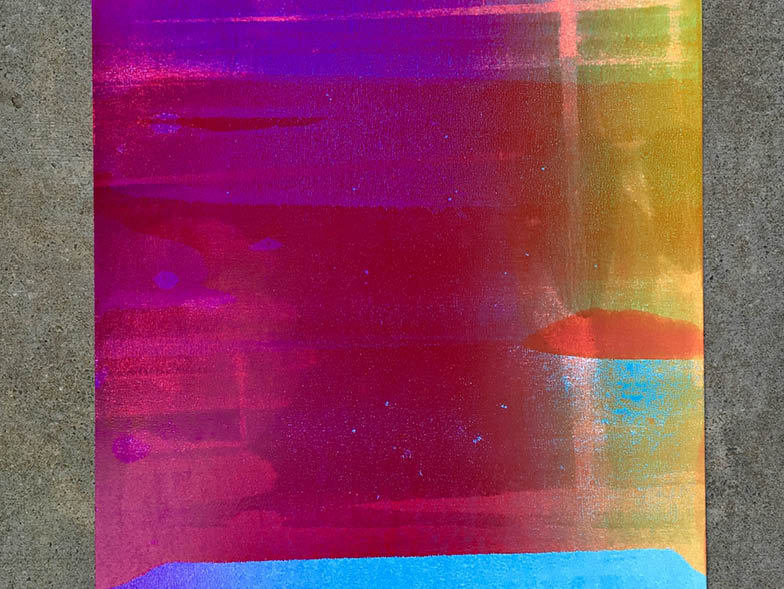
What is the Western New York Book Arts Center, and what was your role there?
WNYBAC is a community-based printshop where members can pay for studio time and use shared equipment. As studio director, I was responsible for maintaining the letterpress equipment, printing commercial jobs, teaching workshops, and producing creative content for the earned income model (business-speak for making posters and cards to sell).
What is a modern tramp printer? Is there history behind this term? How did you come up with the name Itinerant Printer?
I’d been letterpress printing for over a decade, and the deeper I slid into the craft, the more I’d gather from historical texts that I read. One thing that continued to come up in my reading was this idea of a “tramp printer,” or a “hobo printer,” or what other people just called itinerant printers or “travelers.” These tramp printers were men (and very occasionally women) who had a union card from the International Typographical Union. With their union card, they were able to travel across the country and pick up a job at any union printshop.
The union was so strong that shops were required to hire them if there was a job to be done or hours to be worked. Although the most recent iteration of itinerant printers dates from about 1865 to 1960, the notion is far older, dating back to the age when craftsmen belonged to guilds in Europe. During their journeyman time, they would literally “journey” across the country or the continent to work with other craftsmen, learn different skills, and eventually settle in another area to set up their own shop. When I was starting the project, I knew I had to reinvent the notion for modern times, but I wanted to call back the name, because that’s literally what I would be: the Itinerant Printer.
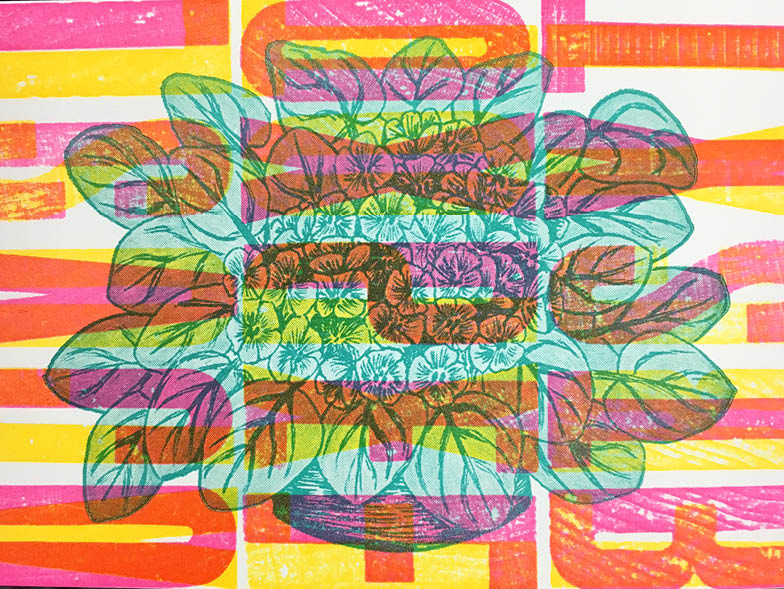
What was the impetus to leave your job and become a journeyman printer?
I was really taken by the idea that itinerant printers became analog conduits for information. As they traveled, they’d bring tips and tricks about printing, but they’d also carry rumors from town to town, like Johnny Appleseeds of information. Prior to radio and television, this person-to-person contact was one of the fastest ways for news like that to travel. I wanted to get out there and become that connector, but I also wanted to learn from other people. After running the studio for six years, I knew everything about the machinery and equipment there. I knew everything about my workflow. I knew everything about my business model. But I didn’t know anything about anyone else’s. It was that gap in my knowledge, and admitting that I didn’t know everything and needed to learn more, that was really the motivation for leaving.
Do you carry supplies with you, or is each printshop a new challenge where you must use what they have?
I only bring paper and ink with me. I work exclusively from the idiosyncratic collections that the shops have, whether that comprises wood type, metal type, border, ornament, woodcuts, linocuts, or even more modern photopolymer plates. I also rarely know what kind of letterpress I’ll be working on, so there’s always an element of surprise when I arrive at a new place. The majority
of my time is spent rooting through the amazing collections people have culled over the years, and often the most difficult part is choosing what to use and what not to. Even though the collections are finite, the possibilities for recombination are infinite.
What is important to you about this journey? Is there a mission statement of sorts to this endeavor?
When I began, selfishly, I think it was a personal journey, and one that I believed would help me improve as an artist and a printer. Very quickly, that turned into something that encompassed far more than myself: meeting new people and seeing new places every day, documenting the lives and workspaces of other printers, showcasing traditional and experimental letterpress printing side by side, and deciphering people’s motives for how and why they work the way they do. Now, if I had to craft a mission statement for the project, it would be: connecting people through printing and connecting printing through people. I’m able to bring people together via their shared love of print as a medium, but I’m also able to strengthen the fabric of the craft of printing as a whole by sharing what those people know.
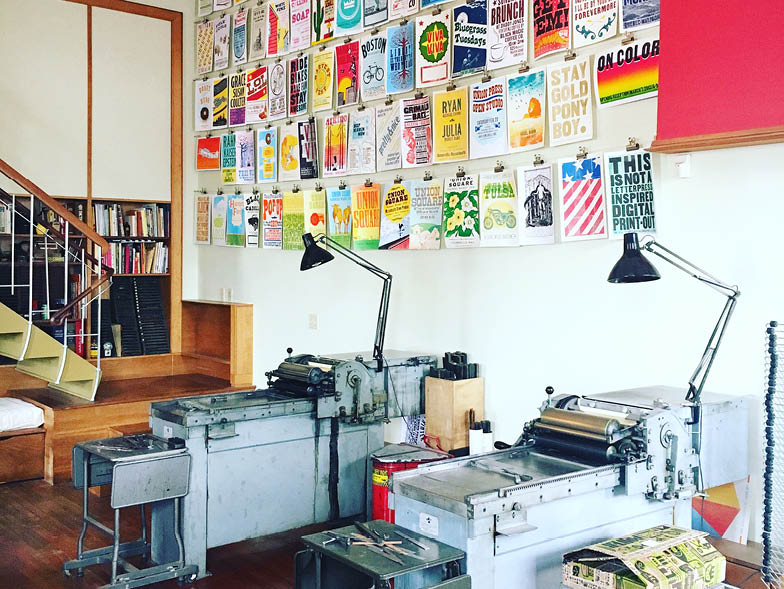
Can you talk about a few different printing techniques that you’ve experimented with on this trip?
Normally, type is printed with the letterform facing up so the print reveals the literal information, but it can also be flipped over and you can print the back, or what we call the “feet.” The results are incredibly abstract and unpredictable but allow you to create patterns and imagery that wouldn’t be possible otherwise. You can also use paper cuts, like stencils, on the press to perform what printers call “pressure printing.” The differences in paper thickness create areas of high and low pressure, which allow you to create imagery and shapes that would otherwise be impossible. It produces frosty, expressionistic results, which are uncommon in letterpress printing.
You have a lot of inkwipe prints on your Instagram. Can you talk about what these are?
These are experimental prints that are made on the letterpress, but they aren’t made in the traditional way. Instead of using movable type and setting a forme, inking it, and making a print, the rollers are inked and then sheets of paper are passed directly through the rollers. Normally, this kind of operation would simply be used to take extra ink off the press or to help clean it at the end of the day. But the resulting inkwipe sheets are so compelling and beautiful, with layers of ink and solvent, that they’re hard to throw away.
Technically, they’re monotypes made with ink and solvent. But I like to call them letterpress prints, because it starts a conversation about what modern letterpress printing is. I believe the future of letterpress printing isn’t about following a staid course, and it isn’t about producing a product that looks like a novelty. It’s about using the tools available to you, including the machines themselves, in a creative way. A student at Virginia Commonwealth University asked me, “Do you think that you’re painting with a letterpress?” And, although I’d never thought of it that way before, it seemed like an apt characterization. Since that time, I’ve seen all kinds of parallels with abstract expressionist painting.
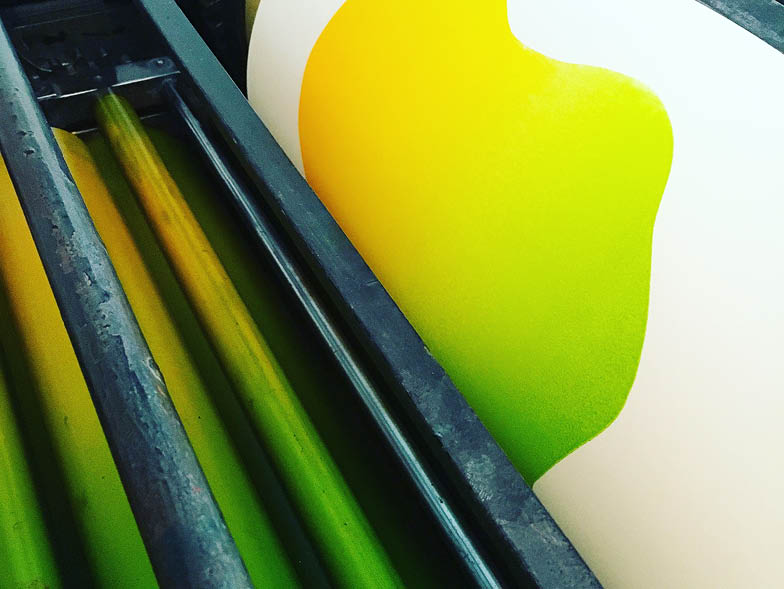
What makes a visit most satisfying in your eyes? What type of printshop makes you most excited?
There are so many reasons a shop visit can be great. It might be in an incredible setting, like Menagerie Press in Terlingua, Texas, in the shadow of the Chisos Mountains; or it might have incomparable resources, like the Rob Roy Kelly American Wood Type Collection in Austin, Texas; or it might just have cool, forward-thinking, and indefatigable people like Striped Light in Knoxville, Tennessee. It can be the place. It can be the type and presses. It can be the people. But when all three of those things come together, that’s when it’s magic. The kind of shop that makes me most excited, though, is one that has an imitable vision or style, like Popolo Press in Montreal, because I can’t wait to be submerged in that creative pool.
What personality traits make you a good fit for this type of work? What about your personality makes it challenging?
This is an insightful question. I think that I’m good at mirroring people’s personalities, and that allows me to relate to them in a way that makes them comfortable. If they’re quiet, I recognize that and approach them quietly; if they’re bombastic, I can dial things up a bit and make them feel at home. I also assess immediately if they approach the world in a visceral way, an academic way, an emotional way, and so on. That’s important, because once you realize what their motivations and predilections are, you can learn more from them and ask better questions. The greatest challenge probably comes from the fact that I do need a lot of time alone, but I rarely get it. Constant interaction with so many people is emotionally and physically exhausting. Sometimes I need a little while to recharge, and I’ll just find myself sitting in the car in total silence, doing absolutely nothing.
Have you formed lasting friendships during this trip?
So many. I can honestly say that I’m still in close contact with more than 75 percent of the people I’ve met along the way. One of the things that I’ve enjoyed most is how printing brings people together, so the friends I’ve made aren’t just similar people with similar interests or aesthetic—they’re of all ages, in all different circumstances, making all different kinds of work.
For more info, visit itinerantprinter.com.












